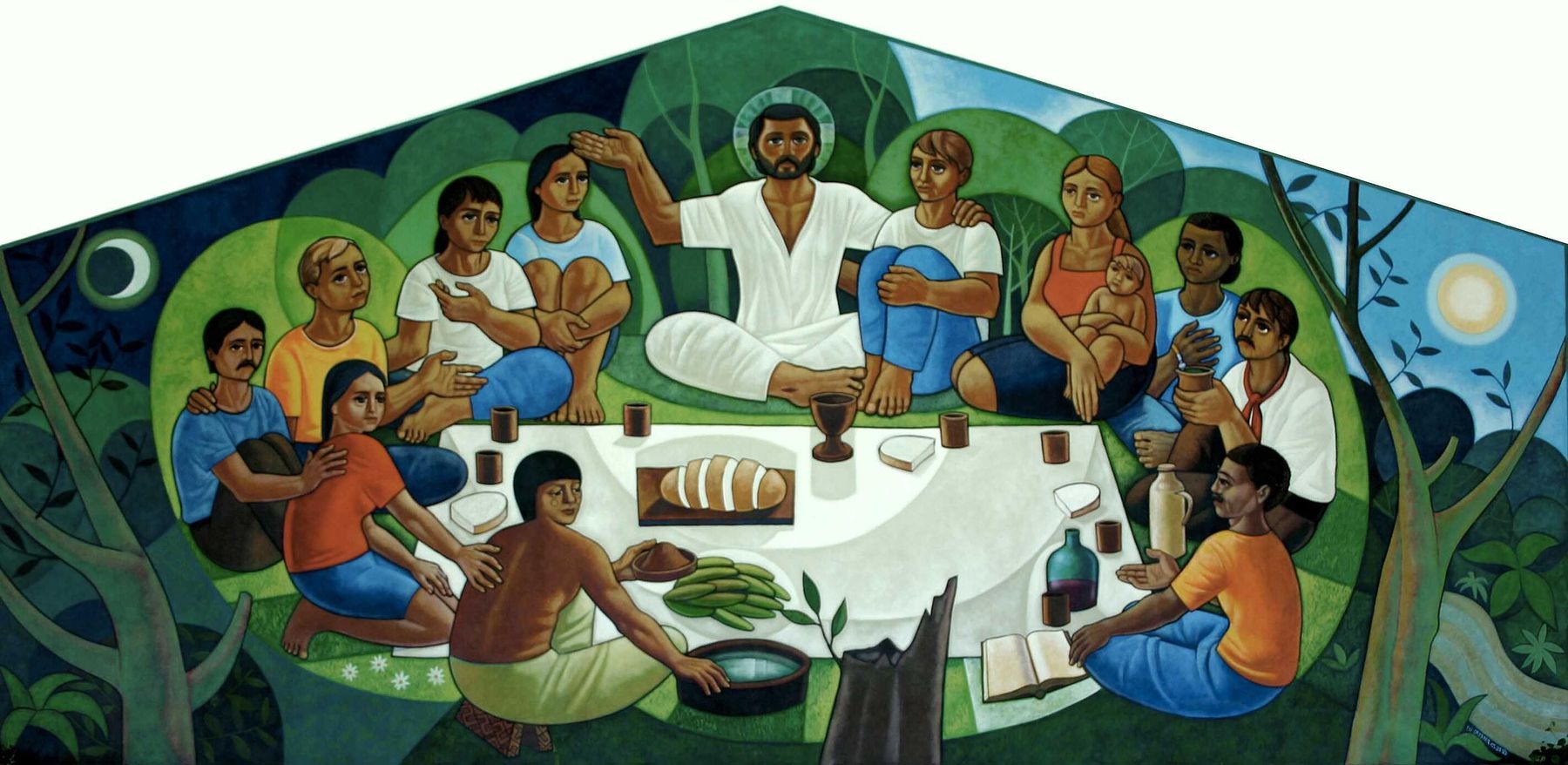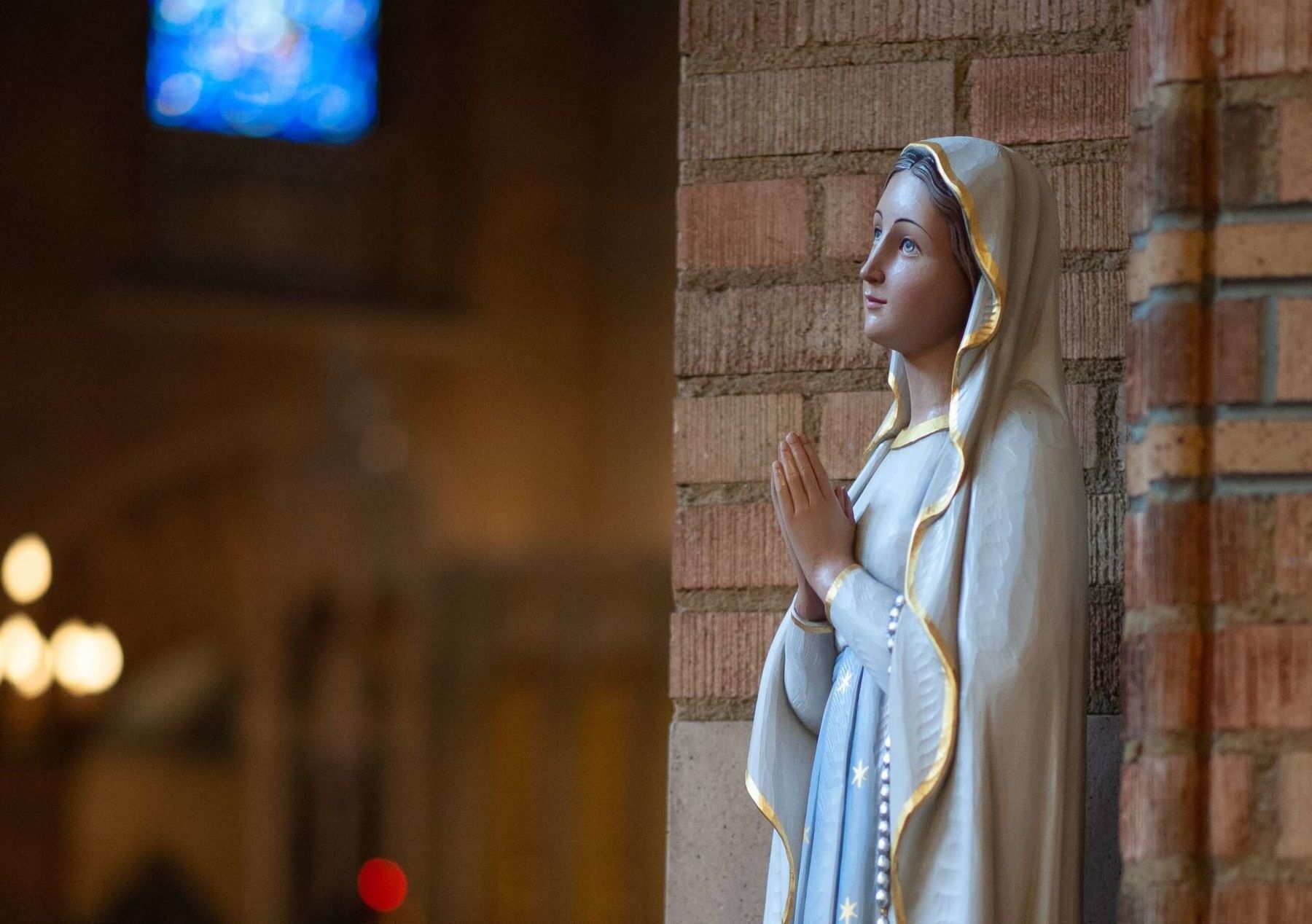
Who was Abbess Hildegard of Bingen? Abbess Hildegard of Bingen was a remarkable woman of the 12th century. She was a Benedictine abbess, writer, composer, philosopher, Christian mystic, visionary, and polymath. Born in 1098, she founded the monasteries of Rupertsberg and Eibingen. Hildegard's works include theological texts, botanical and medicinal writings, and letters. She composed music, creating the "Symphonia armoniae celestium revelationum," a collection of liturgical songs. Her visions, recorded in "Scivias," were considered divine revelations. Canonized in 2012, she was also declared a Doctor of the Church. Hildegard's influence extended beyond her lifetime, impacting medicine, music, and theology. Her legacy continues to inspire many today.
Abbess: A Glimpse into History
An abbess is a woman who leads a community of nuns. This role has a rich history and many interesting aspects. Let's dive into some fascinating facts about abbesses.
- The term "abbess" comes from the Latin word "abbatissa," which means "female superior of a monastery."
- Abbesses have been around since the early days of Christianity, with the first known abbess being St. Scholastica, the sister of St. Benedict.
- In medieval Europe, abbesses often wielded significant power, sometimes even more than local lords.
- Abbesses were not just spiritual leaders; they also managed the finances and lands of their convents.
- Some abbesses, like Hildegard of Bingen, were renowned scholars, writers, and composers.
The Role and Responsibilities of an Abbess
The role of an abbess is multifaceted, involving spiritual, administrative, and social duties. Here are some key responsibilities:
- Abbesses lead daily prayers and religious services within the convent.
- They provide spiritual guidance and counseling to the nuns under their care.
- Abbesses oversee the education and training of new nuns.
- They manage the convent's finances, including donations and expenditures.
- Abbesses often represent their convent in dealings with the outside world, including the church hierarchy and local authorities.
Famous Abbesses in History
Throughout history, several abbesses have left a lasting impact on their communities and beyond. Here are a few notable ones:
- St. Hilda of Whitby was an influential abbess in 7th-century England who played a key role in the Synod of Whitby.
- Hildegard of Bingen, a 12th-century German abbess, was a polymath known for her contributions to music, medicine, and theology.
- St. Clare of Assisi, a contemporary of St. Francis, founded the Order of Poor Ladies, later known as the Poor Clares.
- Teresa of Ávila, a Spanish mystic and reformer, revitalized the Carmelite Order in the 16th century.
- St. Brigid of Kildare, one of Ireland's patron saints, was an abbess who founded several monasteries.
The Influence of Abbesses on Culture and Society
Abbesses have not only shaped religious life but also influenced broader cultural and social developments. Here are some examples:
- Many abbesses were patrons of the arts, commissioning works of music, literature, and visual art.
- Some abbesses, like Hildegard of Bingen, wrote extensively on topics ranging from theology to natural science.
- Abbesses often played a role in local politics, mediating disputes and advising rulers.
- The educational initiatives led by abbesses helped preserve and transmit knowledge during the Middle Ages.
- Abbesses contributed to the development of monastic architecture, with many convents featuring impressive buildings and gardens.
Modern-Day Abbesses
While the role of abbesses has evolved over time, they continue to play an important part in religious communities today. Here are some modern aspects:
- Today, abbesses still lead communities of nuns, providing spiritual and administrative leadership.
- Modern abbesses often engage in social justice work, advocating for issues like poverty, education, and healthcare.
- Many contemporary abbesses are involved in interfaith dialogue, promoting understanding and cooperation between different religious traditions.
- Abbesses today use modern technology to connect with their communities and the wider world, including social media and online platforms.
- The role of an abbess remains a respected and influential position within the Catholic Church and other Christian denominations.
Final Thoughts on Abbesses
Abbesses played a crucial role in medieval society. They managed abbeys, oversaw religious practices, and often wielded significant influence. These women weren't just spiritual leaders; they were also administrators, educators, and sometimes even political figures. Their contributions helped shape the religious and cultural landscape of their time.
Understanding the history of abbesses gives us a glimpse into the lives of women who broke barriers and defied expectations. They navigated a male-dominated world with grace and authority, leaving a lasting legacy. Whether you're a history buff or just curious, learning about these remarkable women offers valuable insights into the past.
So next time you think about medieval history, remember the abbesses. Their stories are a testament to the power and resilience of women throughout the ages.
Was this page helpful?
Our commitment to delivering trustworthy and engaging content is at the heart of what we do. Each fact on our site is contributed by real users like you, bringing a wealth of diverse insights and information. To ensure the highest standards of accuracy and reliability, our dedicated editors meticulously review each submission. This process guarantees that the facts we share are not only fascinating but also credible. Trust in our commitment to quality and authenticity as you explore and learn with us.


